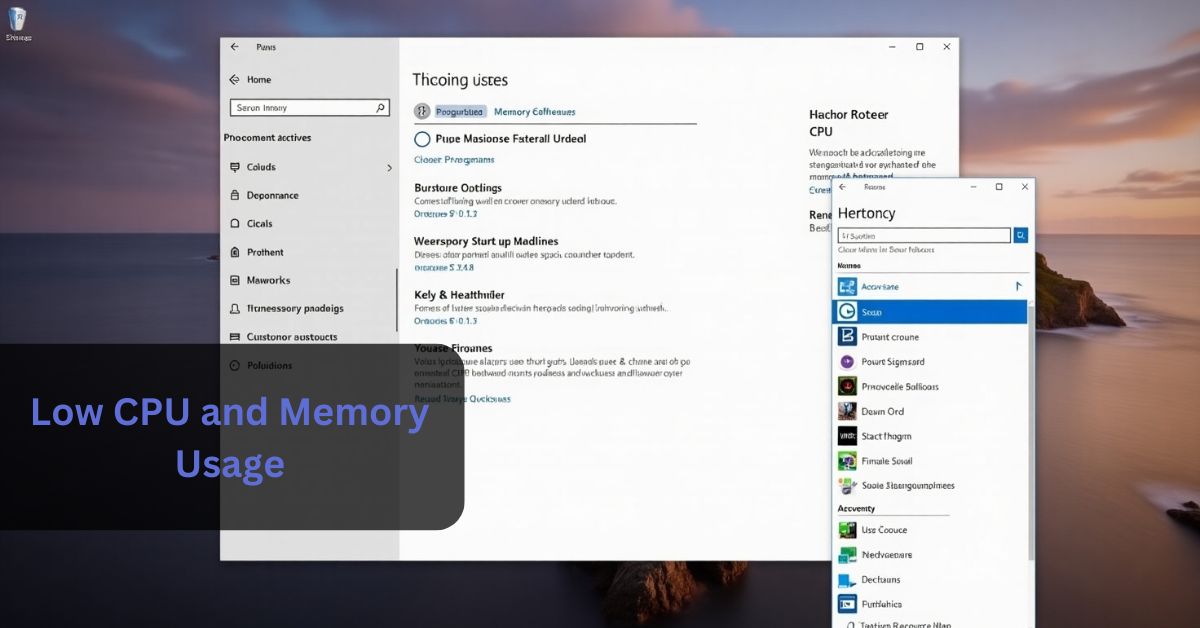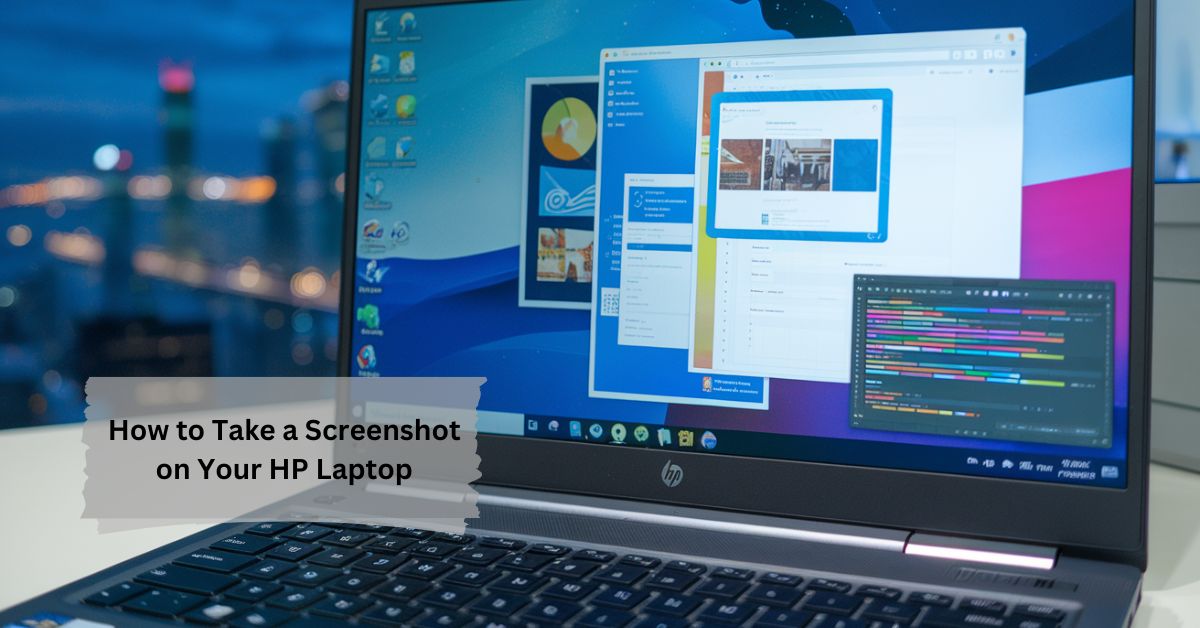Color is a fundamental element in design that can greatly influence how people perceive a brand, product, or message. One color that has gained significant attention is “Blink Primary Blue.” This striking, vivid hue of blue is increasingly becoming a go-to choice for designers, marketers, and brands that want to stand out.
Blink Primary Blue is a vibrant, modern shade of blue that enhances brand visibility, trust, and innovation across various design and branding applications.
In this comprehensive guide, we will delve deep into what Blink Primary Blue is, its psychological impact, where it’s commonly used, and how you can effectively incorporate it into your designs and branding efforts.
Understanding Blink Primary Blue
What is Blink Primary Blue?
Blink Primary Blue is a vivid and bright shade of blue that is both modern and versatile. It’s characterized by its clarity and intensity, making it a standout choice in the digital and branding space. The precise color metrics are essential for designers and marketers:
- Hex Code: #007bff
- RGB: (0, 123, 255)
- CMYK: (100%, 52%, 0%, 0%)
This shade of blue is designed to capture attention without overwhelming the viewer. It’s a color that communicates energy, innovation, and trust—a perfect mix for brands looking to establish a strong visual identity.
The Origin of Blink Primary Blue
While blue has always been a popular choice in design, the specific shade known as Blink Primary Blue has its roots in the digital age. As technology evolved, so did the need for colors that could stand out on screens of all sizes. Blink Primary Blue emerged as a solution, offering a bright yet professional tone that works across various digital platforms.
Why Choose Blink Primary Blue?
In the crowded market of color choices, Blink Primary Blue offers unique advantages:
- Visibility: It’s bright enough to be noticed, even in a busy interface or crowded market.
- Versatility: Works well with a wide range of other colors, making it a flexible option for designers.
- Emotionally Engaging: Blue is a color that people generally feel comfortable with, making it easier to build trust and engagement with your audience.
The Psychology Behind Blink Primary Blue
Color Psychology: The Power of Blue
Color psychology is the study of how different hues affect human behavior and perceptions. Blue, in general, is associated with feelings of calmness, trust, and professionalism. Blink Primary Blue, being a more intense and vibrant variant, amplifies these associations:
- Trust and Reliability: Blue is often seen as a color of trust. Companies like banks, insurance firms, and tech companies often use blue in their branding to convey reliability. Blink Primary Blue, with its bright yet stable appearance, strengthens this association.
- Innovation and Technology: The brightness of Blink Primary Blue makes it ideal for companies that want to be seen as cutting-edge and forward-thinking. It’s a color that suggests modernity and technical expertise.
- Calmness with Energy: While blue is calming, Blink Primary Blue adds a level of energy that keeps it from feeling too sedate. This balance makes it ideal for brands that want to be both approachable and dynamic.
How Blink Primary Blue Affects Consumer Behavior
Consumers are not always conscious of how color affects their decisions, but the impact is significant. Blink Primary Blue can influence consumer behavior in the following ways:
- Encourages Trust: Consumers are more likely to trust a brand that uses blue, especially when it’s a shade like Blink Primary Blue that feels modern and clear.
- Enhances Readability: On websites and digital interfaces, Blink Primary Blue enhances readability, particularly for links, buttons, and call-to-action elements.
- Creates Brand Loyalty: When consistently used, Blink Primary Blue becomes a recognizable part of a brand’s identity, helping to build loyalty over time.
Applications of Blink Primary Blue in Various Industries
Blink Primary Blue is not limited to one type of application or industry. Its versatility makes it a popular choice across different sectors. Here are some key areas where this color shines:
1. Branding and Corporate Identity
- Logos: Many tech companies and startups use Blink Primary Blue in their logos to convey trust and modernity. It’s particularly effective when paired with white or black, creating a clean and memorable logo.
- Business Cards and Stationery: Incorporating Blink Primary Blue into business cards and stationery can give them a professional and cohesive look, reinforcing the brand’s visual identity.
2. Digital Interfaces and UI/UX Design
- Buttons and CTAs: Blink Primary Blue is a go-to color for buttons and call-to-action (CTA) elements in websites and apps. Its brightness ensures that these elements stand out, encouraging user interaction.
- Navigation Menus: Using Blink Primary Blue in navigation menus makes them easily noticeable without being too overpowering.
- App Icons: For mobile applications, an icon in Blink Primary Blue can be both attractive and indicative of the app’s purpose, especially for tech and finance-related apps.
3. Marketing and Advertising
- Digital Ads: In online advertising, Blink Primary Blue can be used to draw attention to key messages or offers. Its vibrancy helps it stand out against other ads and content.
- Print Advertising: While less common than digital, Blink Primary Blue is also effective in print. It adds a modern touch to brochures, flyers, and posters.
- Social Media Branding: Consistently using Blink Primary Blue in social media profiles, posts, and advertisements can help build brand recognition.
4. Fashion and Product Design
- Apparel: Although less prevalent in fashion than in digital design, Blink Primary Blue can be found in sportswear and activewear. Its energetic feel makes it a good match for clothing aimed at younger, active audiences.
- Accessories: This color can be seen in accessories such as watches, bags, and tech gadgets, where it adds a touch of modernity and sophistication.
5. Interior Design
- Tech Spaces: In offices and tech hubs, Blink Primary Blue can be used in furniture, walls, or decor to create an environment that feels both innovative and trustworthy.
- Retail Spaces: Retail environments, particularly those selling tech products or innovative services, can benefit from the energizing and trust-inspiring qualities of Blink Primary Blue.
Tips for Using Blink Primary Blue in Design
While Blink Primary Blue is a powerful color, using it effectively requires a careful approach. Here are some tips to help you make the most of this dynamic hue:
1. Pairing with Other Colors
- Neutral Colors: Pair Blink Primary Blue with neutrals like white, gray, or black to create a balanced and professional look. This combination is particularly effective in corporate and tech designs.
- Complementary Colors: Consider pairing it with complementary colors like oranges or yellows to create a dynamic and attention-grabbing design. This approach works well in marketing and advertising.
- Analogous Colors: For a harmonious look, combine Blink Primary Blue with other shades of blue and teal. This is ideal for more subdued, professional settings.
2. Consider the Medium
- Digital vs. Print: Colors can appear differently on screens compared to print. Always test Blink Primary Blue in the medium you plan to use it in to ensure it looks as intended.
- Consistency Across Platforms: If you’re using Blink Primary Blue as part of your brand identity, ensure it’s consistent across all platforms—digital, print, and physical spaces.
3. Balance and Proportion
- Accent Use: Because Blink Primary Blue is so vibrant, it’s often best used as an accent rather than a dominant color. Use it for highlights, buttons, or small design elements that you want to stand out.
- Visual Hierarchy: Use Blink Primary Blue strategically to guide users through your design. For example, use it in headings or key messages to ensure they capture attention.
4. Cultural Considerations
- Global Audience: If your brand has a global audience, be mindful of how blue is perceived in different cultures. While generally positive, the meaning of blue can vary, so it’s important to consider the cultural context.
Case Studies: Successful Use of Blink Primary Blue
1. Tech Startup Rebranding
A tech startup specializing in cybersecurity recently underwent a rebranding process. The goal was to establish a stronger sense of trust and reliability among potential clients. They chose Blink Primary Blue as the cornerstone of their new brand identity. The result? A 30% increase in client inquiries within three months, thanks in part to the trust and modernity conveyed by the new color scheme.
2. Redesigning Financial Services Website
A financial services company used Blink Primary Blue in their website redesign to make key features like loan calculators and application forms stand out. The vibrant blue made these interactive elements more visible and inviting, leading to a 20% increase in user engagement.
3. Fashion Brand Marketing Campaign
A sportswear brand used Blink Primary Blue in a marketing campaign aimed at young, active consumers. The color was used in digital ads, social media posts, and limited-edition product packaging. The campaign was a success, with a noticeable increase in brand awareness and social media engagement.
FAQs
What is Blink Primary Blue?
Blink Primary Blue is a vivid, bright shade of blue, known for its clarity and versatility, widely used in digital design and branding.
Why is Blink Primary Blue popular in branding?
It’s popular because it communicates trust, innovation, and energy, making it ideal for brands that want to stand out and build consumer confidence.
How does Blink Primary Blue affect consumer behavior?
This color enhances trust, readability, and brand loyalty, influencing consumers to engage more with brands that use it.
Where can Blink Primary Blue be effectively used?
It’s used in various applications like logos, digital interfaces, marketing materials, and even interior design, especially in tech and corporate environments.
What are some tips for using Blink Primary Blue in design?
Pair it with neutral or complementary colors, use it as an accent rather than the dominant color, and ensure consistency across all platforms.
Conclusion
Blink Primary Blue is more than just a color; it’s a powerful tool that can enhance your brand’s visibility, convey trust, and create a modern, professional image. Whether you’re working on a new logo, redesigning a website, or planning a marketing campaign, Blink Primary Blue offers the versatility and impact you need. By understanding its psychological effects, best uses, and how to pair it with other colors, you can leverage this dynamic hue to create designs that truly stand out.





















Leave a Reply